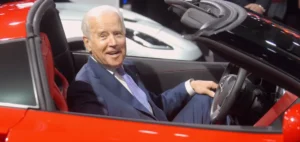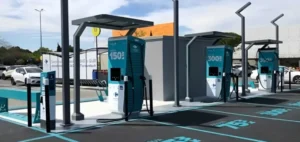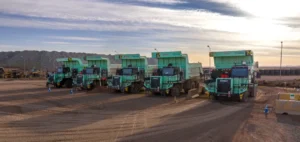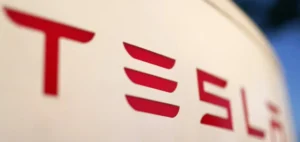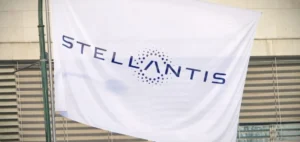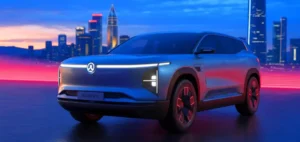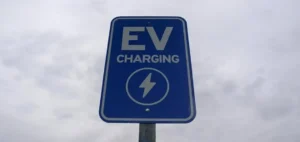Air pollution is a major crisis in Sierra Leone, particularly in Freetown, where constant traffic jams and poorly maintained vehicles worsen the situation. In 2021, the United Nations Environment Program (UNEP) recorded 1,200 deaths related to air pollution in the country.
In this context, James Samba, a 23-year-old student, has undertaken an innovative project: creating an electric tricycle entirely from recycled materials. Inspired by the death of his uncle, which he attributes to toxic vehicle emissions, James aims to provide a viable alternative in the congested streets of the capital.
A development encouraged by local collaborations
James Samba’s project led to a collaboration with NEEV Salone, a local startup involved in assembling and distributing electric tricycles. Together, they introduced solar panels to maximize the autonomy of these vehicles. According to a report from the startup, their fleet currently includes 100 electric tricycles, supported by three charging stations and several battery exchange points.
However, the country’s low electricity coverage remains a challenge. Less than 20% of households in Sierra Leone have access to stable electricity, and solar solutions are often limited by a prolonged rainy season. These constraints emphasize the need for a combined approach using solar power, generators, and the national grid.
A market with strong potential despite obstacles
Although these initiatives are promising, they remain financially inaccessible for much of the population. The acquisition cost of an electric tricycle, estimated at $5,000, is a major barrier in one of the world’s poorest countries.
Despite this, some taxi-tricycle drivers, locally called “kekes,” find these vehicles advantageous. With reduced maintenance costs and independence from fluctuating fuel prices, these vehicles represent an economic opportunity in an environment where fuel shortages are frequent.
To develop this sector, local players will need to overcome several challenges, including reducing production costs and strengthening charging infrastructure. The development of electric tricycles could also benefit from increased political support to integrate into a national strategy to reduce pollutant emissions.



